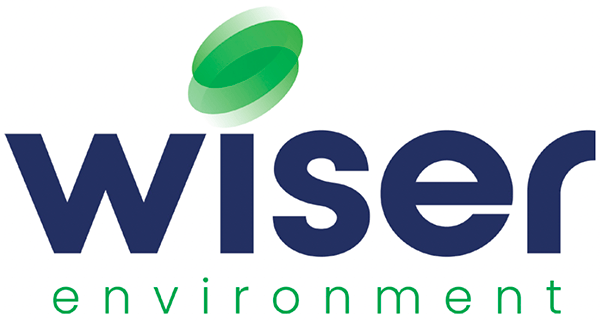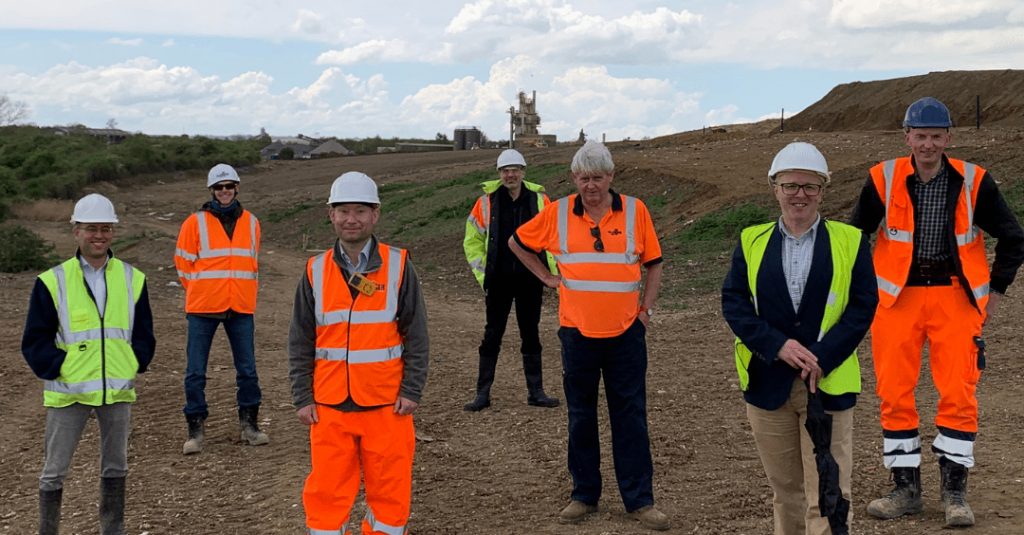To determine support for the appropriate measures for permitted facilities that take non-hazardous and inert waste, the EA launched a public consultation. The consultation sought to understand if the guidance would modernise non-hazardous and inert waste sector operations and create clarity. The team at Wiser have reviewed the newly published draft proposals and submitted a constructive response. Wiser Environment’s response represents the views of many operators in the industry. Those we regularly advise includes household waste recycling centres, waste transfer stations, materials recycling facilities and sites producing soil and aggregates.

On behalf of waste operators, Wiser Environment submitted a response to the EA’s appropriate measures for permitted facilities that take non-hazardous and inert waste consultation.
Wiser Environment responds on behalf of its clients

Download a copy of the Appropriate Measures for Permitted Facilities that take Non-Hazardous and Inert Waste.
Alongside consultations for the Waste Management Plan for England and appropriate measures for the biological treatment of waste, and publication of Appropriate measures for Healthcare waste in July 2020, the Environment Agency (EA) launched a public consultation into the newly published guidance for permitted facilities treating or transferring non-hazardous and inert waste.
This consultation was open for responses from the 14th September until the 18th November 2020. Supporting and representing Wiser Environment’s client base, the team at Wiser submitted a formal response.
Broadly, the draft EA guidance seeks to improve the way permitted facilities in the non-hazardous and inert waste sector are operated and designed. Importantly, such guidance is applicable to both new and existing operations. Whilst Wiser Environment supports the EA’s desire to review and clarify guidance, there are certain elements that Wiser called into question.
Representing impacted clients – including household waste recycling centres, waste transfer stations, materials recycling facilities and sites producing soil and aggregates – Wiser Environment has put forward its perspective on the draft guidance.
Management systems should meet the needs of the business
Wiser Environment commented that the EA’s prescriptive management system methodology was not always appropriate; identifying that the complexities of modern waste business cannot always truly be condensed into a standardised management system. Additionally, Wiser suggests that any system should suit the needs of the business and not solely the EA. Operators that maintain a UKAS accredited ISO14001 management should not need a reductive second document. Instead, Wiser notes that certified operators should receive a form of ‘earned recognition’. Recognising the operator’s commitment to performance monitoring and continual improvement.
One size does not fit all
Having experienced the EA’s application of other guidance regardless of site-specific risk, Wiser is concerned that the guidance appears to apply ‘appropriate measures’ as a default position regardless of the scale of operation, the risk to sensitive receptors or, indeed, impact on the economics of the business. The draft document, states that: “enclosing activities within buildings is an appropriate measure for preventing and minimising emissions of pollution For waste treatment activities, we consider this to be the default [Wiser’s emphasis] control measure “.
Wiser Environment expressed concerns that EA Officers are likely to use this default position across all sites, an approach that has already been seen to be the case in certain areas of England. Wiser contend that the EA’s default control measure may be inappropriate for most small scale or independent operators. In addition to significant capital cost, local planning policy may also constrain what structures can be constructed, and potentially be a limiting factor in compliance.
A recent comment from the Environment Agency
Providing an update on the EA’s consultations and responding to criticisms received at the consultation stage, the Senior Policy Advisor at the EA – Howard Leberman – spoke during session one of the recent National Civic Amenity Site Conference. Leberman explained that the draft appropriate measures form a frame for discussion which acts as a starting point. Suggesting that these measures are not mandatory or definitive. Leberman maintained that the guidance does not suggest that every waste facility should operate within an enclosure. Instead, it depends on a variety of site-specific circumstances as to when this guidance will apply.
Leberman explained that the EA had already received significant lobbying; particularly regarding buildings being the default for waste treatment. Explaining that this was the response the EA had anticipated and that the default reference had now been removed. The onus of explaining any deviation from recommended appropriate measures will be on the operator. Judgement on this position will be made by an EA officer who Leberman is confident to have the training and experience.
Wiser’s Consultancy Director, Charles Thomas, reflected that “unless the pragmatic approach Mr Leberman eluded to is made explicit within the guidance, then less experienced officers are likely to find comfort in the safety of the default appropriate measures”.
Non-hazardous and inert waste: appropriate measures for permitted facilities – additional support available at Wiser Environment
Wiser actively participates in consultations to represent and guide its clients – ensuring that they receive appropriate regulatory support. The experienced team at Wiser is ready and available to help businesses with updates and support. For more information about how the appropriate measures for permitted facilities that take non-hazardous and inert waste could impact your business, contact Wiser Environment or call on 01480 462232.


